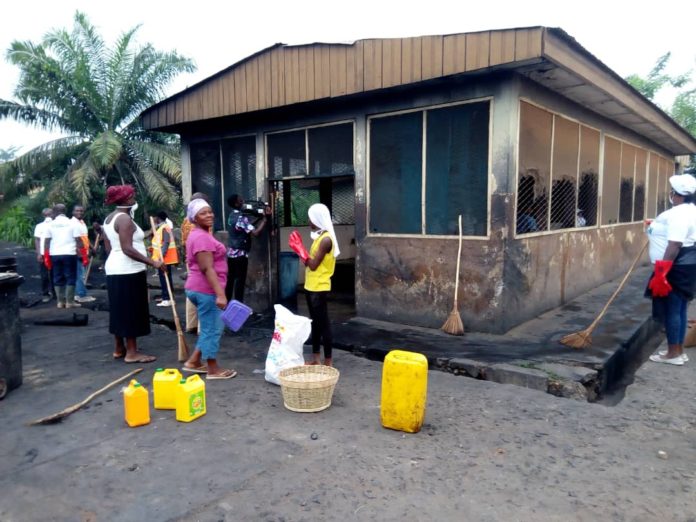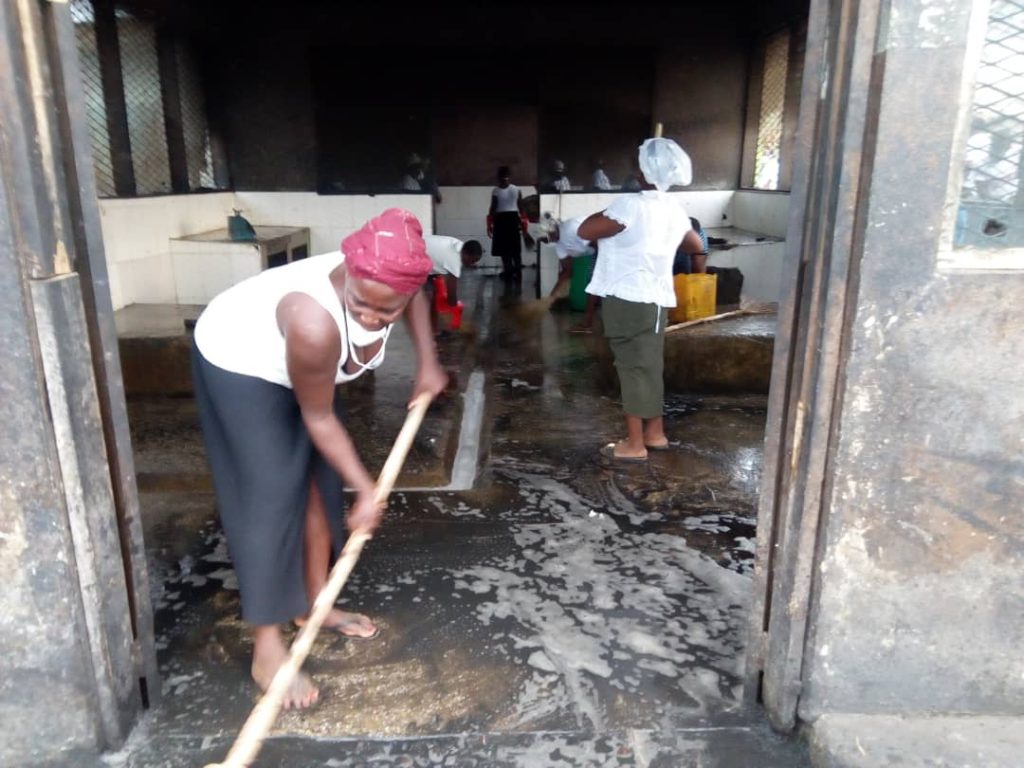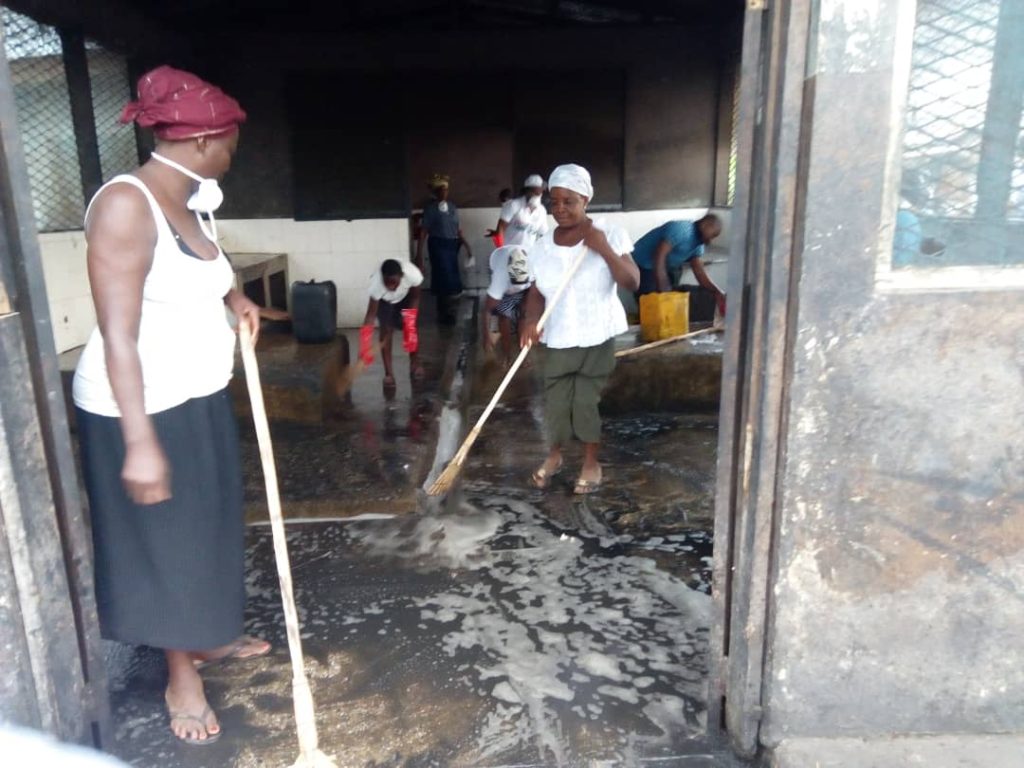
Meat has over the years become a major component of the daily meals consumed by the average individual as reflected in an increase in demand. Globally, meat production today is nearly five times higher than in the sixties, from 70 million tonnes to over 330 million as of 2017.
Therefore, production of meat in slaughterhouses must be wholesome and uncontaminated, that is the minimum level of microorganisms including bacteria, yeast and moulds (fungi) protozoa or viruses.
This implies that slaughterhouses or abattoirs must have good sanitary conditions, good maintenance culture, proper hygiene practices and veterinary officers to enforce standards.
However, the contrary is the current state of the Suhum abattoir in the Eastern Region. The abattoir which serves the entire municipality is in bad hygienic and infrastructure state raising concerns of meat consumers over the wholesomeness of the meat produced there.

Both external and internal environment of the Suhum abattoir are highly unhygienic and lack the needed basic infrastructure and equipment, such as running water and drainage facility leaving meat waste to stagnate creating a pungent smell, attracting houseflies, rodents and stray dogs to scavenge.
The lack of fence wall around the abattoir makes it easier for insects, birds and rodents, frogs who are significant carriers of pathogens and other microorganisms to frequent the area. Meanwhile, there is a public refuse collection centre some few meters away from the abattoir which also breeds food contamination agents.
Worst of all, the distressed abattoir is located in a flood-prone area hence the area is flooded whenever there is a heavy rainstorm worsening the unhygienic condition at the facility as flood waters carry faecal matters and other contaminants to the environment.
The Secretary of Butchers at the abattoir, Ibrahim Inusah, told Starr News, the poor condition of the facility is also a worry to them but they have no other choice than to produce meat from the bad environment to the consumers. He, therefore, appealed to the Suhum Municipal Assembly to facilitate its plan to construct a new slaughterhouse for them to enable them to produce wholesome meat for the public.
“We have a number of challenges, the main challenge is our drainage system when we work and the faecal matter cannot be flushed out that is where we have the challenge.
“The flow of water supply is also another challenge. This kind of work if you don’t have a constant supply of water you have a problem. We have a well but must be connected to the place with a pipe. This is not abattoir, it is just a shed so it must be demolished and a new one built with modern equipment to guarantee the production of wholesome meats to consumers,” he stated.

Meanwhile, the Suhum Area of The Church of Pentecost organized a massive clean-up exercise at the abattoir and desilted chocked gutters, cleared weeds around the facility and scrubbed the facility with detergents.
Also, the Church fixed nets around the facility to minimize housefly invasion to reduce contamination of meats.
Pastor Seth Osei Benchie the Project Coordinator of the Suhum Area of the Church said the exercise was part of the Church’s “Environmental Care Campaign” launched Friday and aimed at improving sanitation and hygiene in the Municipality.
Source: Ghana/Starrfm.com.gh/103.5FM/Kojo Ansah




